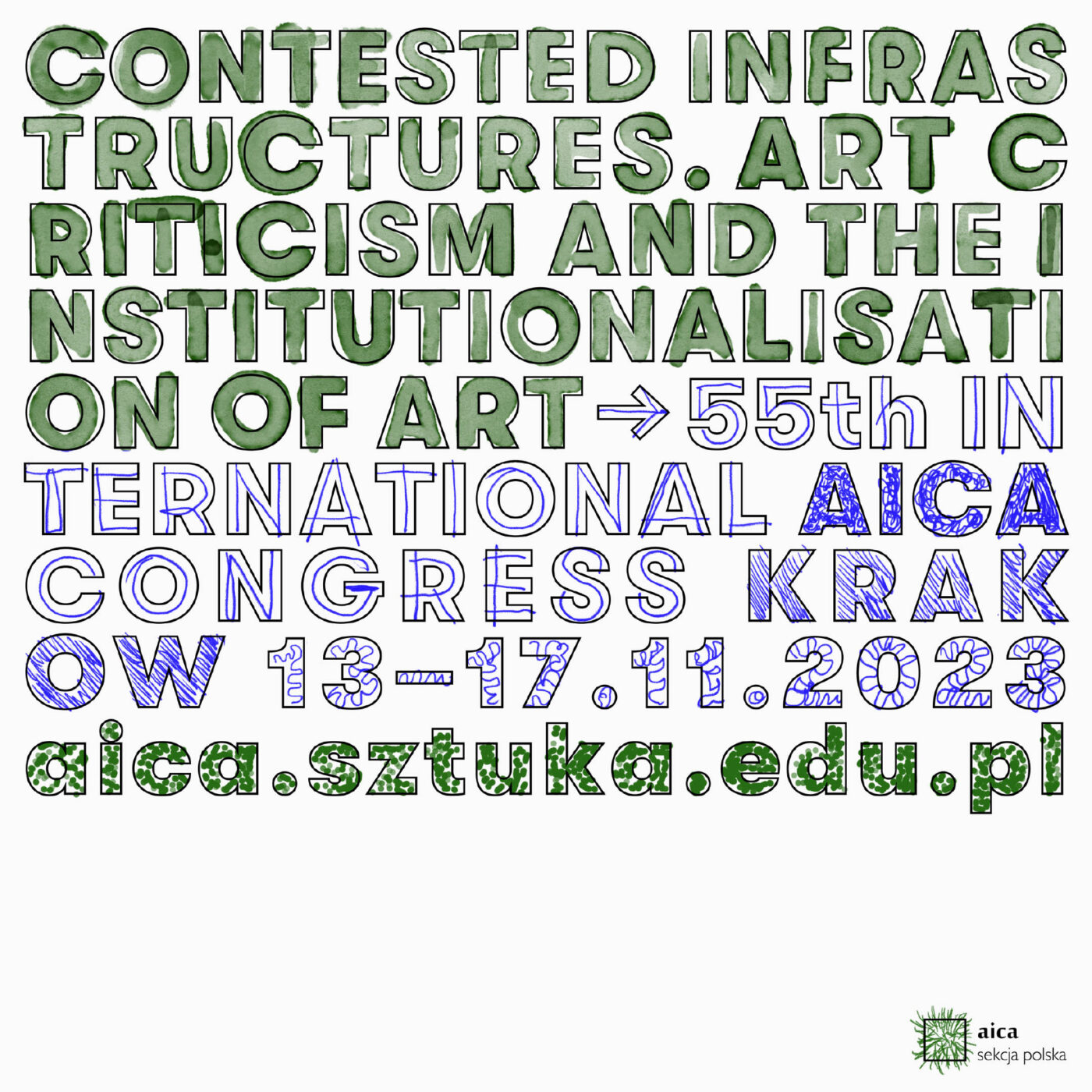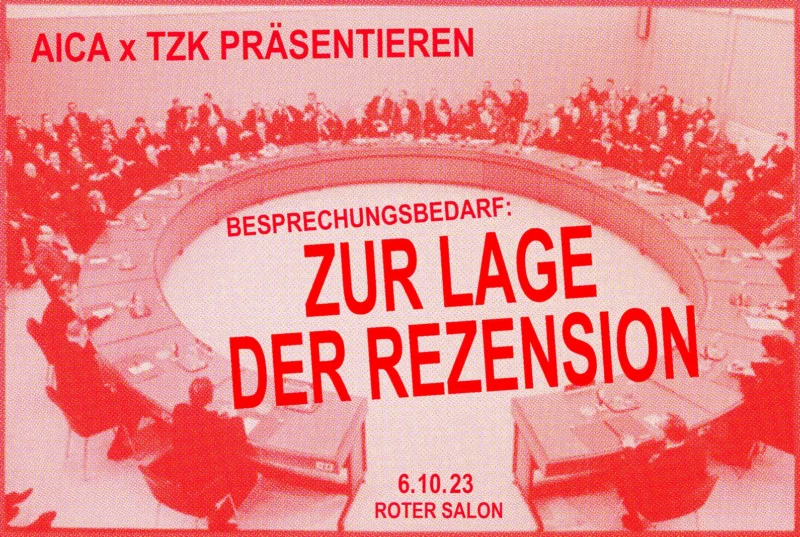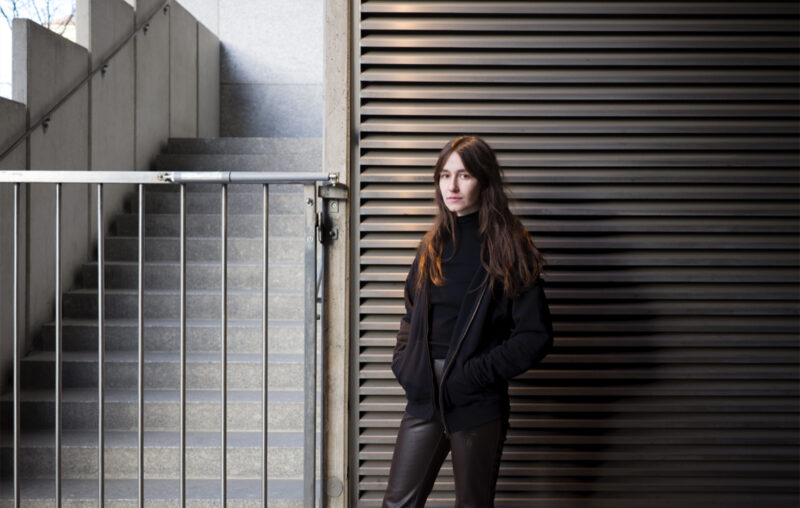Contested Infrastructures. Art criticism and the institutionalisation of art

In the past two decades, modern cultural institutions have become contested in a twofold sense – rendered as objects of both political rivalry and far-reaching critique. On the one hand, as liberal and social-democratic ideals have been losing their hegemonic status in the West, proponents of illiberal democracy came to compete for authority over public theatres, galleries and museums, viewed primarily as instruments of social influence. On the other hand, more and more voices in the global art field claim that modern institutions are unfit to meet the challenges that arise not only from current cultural or political disputes, but above all from the long-term economic and ecological crises that shake the very foundations of modernity. Therefore, facing the crisis of modern institutions’ legitimacy, many practitioners try to foster new modes of organization in the cultural field; often times, modes that deviate purposefully from the Western cultural hierarchies and social imaginaries. With these developments in mind, we envisage the annual congress of AICA in 2023 as an enquiry into art makers and critics’ approaches to the ongoing crisis and transformation of cultural institutions – as well as the shifting grounds of art criticism itself. If the contestation of modern institutions’ legitimacy entails a re-evaluation of the public sphere as an Enlightenment-rooted concept, contemporary critical practices’ allegiances to the public, demands special attention. As frequent employees and collaborators of galleries, museums and art schools, most critics can hardly claim to be objective, neutral arbiters of their operations, or simply to act in the name of the universal common good.
Incidentally, from the Central and Eastern European perspective in particular, the subject of cultural institutions’ legitimation carries a lot of weight at the present time. In Poland – as in the Czech Republic or Slovakia – the post-transformation network of public museums and galleries has been consolidating over the last thirty years. Today, while the task of building new infrastructure is receding into the background, important and inherently political discussions emerge in the region about the use of existing facilities. Meanwhile, across the eastern border of the European Union, Russian troops are devastating resources in all sectors of Ukrainian public life. The wartime crisis, however, is already provoking discussions about the values that will define the trajectory of institutional reconstruction. For the above reasons, undertaking a debate about the institutional contexts of art and criticism in Kraków, seems not just timely, but incredibly urgent.

